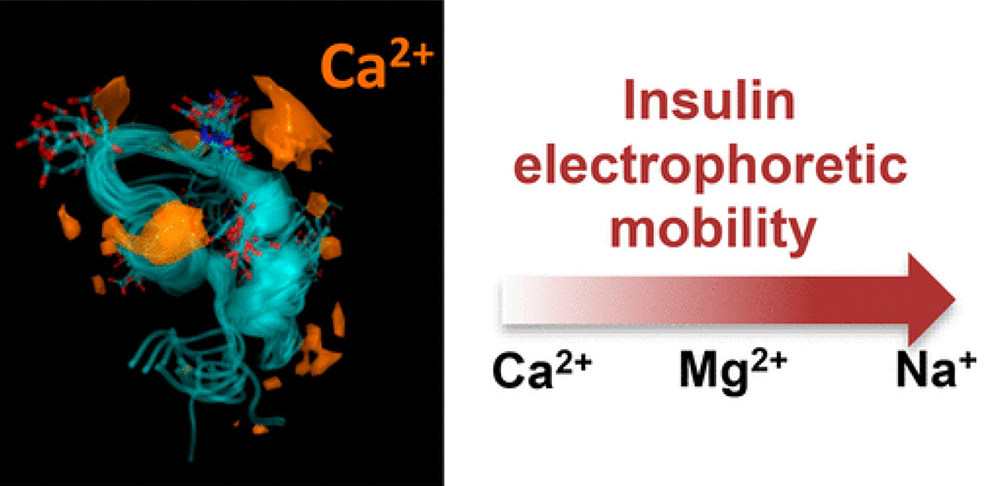
A prestigious journal of the American Chemical Society the ACS Central Science has published a paper from the Pavel Jungwirth Group at the Institute of Organic Chemistry and Biochemistry of the CAS, modelling a key step in retinal response to changing light conditions.
The retinal response involves recoverin, a neuronal calcium-binding protein which binds onto the photoreceptor cell membrane. Although an approximate binding mechanism has been described, only the latest molecular dynamics simulations made it possible to elucidate in detail its individual stages and unravel the regulatory role of calcium.
Students Štěpán Timr, Roman Pleskot, Jan Kadlec, and others, together with their advisor Pavel Jungwirth, shed light on the process in which the binding of two calcium ions to a recoverin molecule promotes the ejection of its hydrophobic myristoyl moiety. This moiety then serves to anchor recoverin to the cell membrane. The specific manner of recoverin binding prevents the action of rhodopsin kinase, the enzyme regulating the rhodopsin cycle. By suppressing the kinase, recoverin makes it ultimately possible for the retina to effectively adapt to changed illumination.
Molecular dynamics simulation has thus proven to be a unique tool to describe the molecular mechanism of a physiologically important aspect of vision that is difficult to study experimentally.
Original paper:
- Štěpán Timr, Roman Pleskot, Jan Kadlec, Miriam Kohagen, Aniket Magarkar, and Pavel Jungwirth. Membrane Binding of Recoverin: From Mechanistic Understanding to Biological Functionality. ACS Central Science Article ASAP. DOI: 10.1021/acscentsci.7b00210






